The Bradford Golf Club continues to invest to stay ahead of the game
Related Articles
There aren’t many golf clubs that would give their new course manager a ‘war chest’ of £200K to spend on new machinery in their first 12 months in the role – in addition to purchasing a set of Bernhard grinders. But this is exactly what happened to Darrell Crowley when he rejoined The Bradford Golf Club a year ago, thanks to its forward-thinking board of directors.
Darrell had previously worked at The Bradford Golf Club before moving on to pastures new to gain vital experience in the role as head greenkeeper. As such he has experienced both ends of the spectrum – working with limited budget and therefore having to make the most of what you have, and with a healthy budget that comes with its own pressures.
In addition to financial freedom, the most important thing for Darrell at his new club is communication. He firmly believes that if you’ve employed somebody as a professional and you believe in them, then they’re going to do their job.
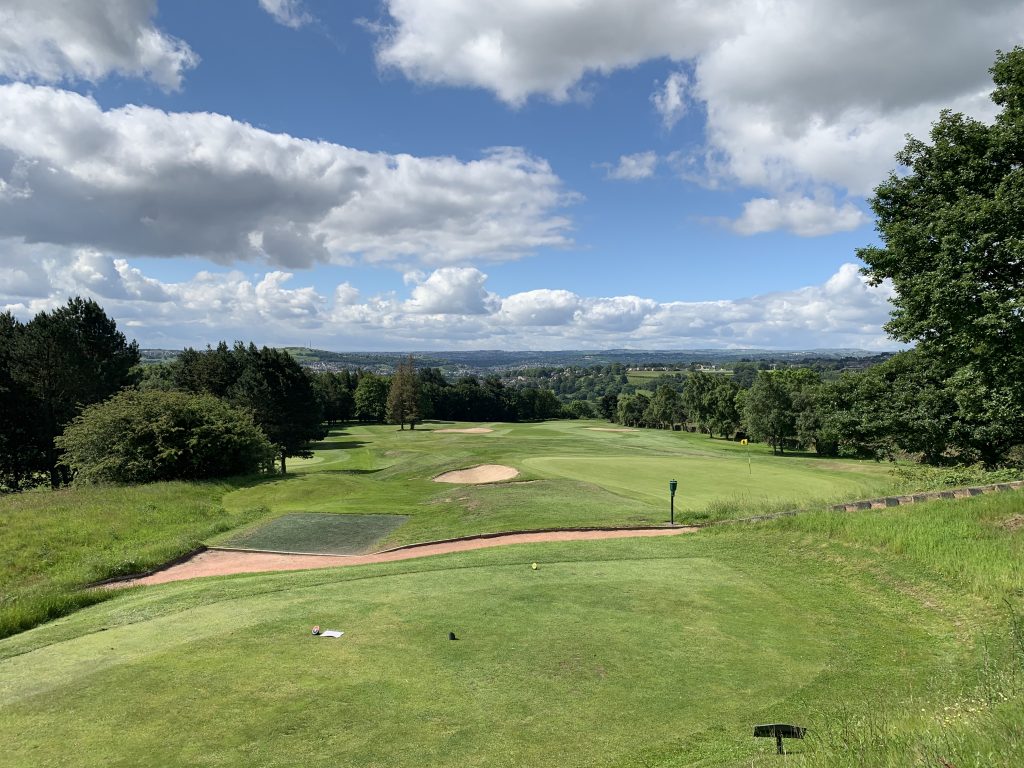
When he arrived at The Bradford Golf Club, he knew that he would be primarily measured based on the results out on the course: “The majority of the membership probably aren’t aware of what goes on in the background; to them it’s most importantly about the end product that matters.”
As the club already had an old Hunter Lloyds grinder, Darrell’s initial intention was to arrange some training on what is effectively a complex engineering tool.
The machine was some 15 years old and in need of service and repair, it was going to cost £4K to make it fit for purpose (which was more than the machine was actually worth).
Repair or replace?
Rather than throw good money after bad as a short-term fix, the open-minded golf club’s board decided to stay ahead of the game by investing in new machinery. As well as being easier for the greenkeeping team to use, the new tools would help ease staffing issues.
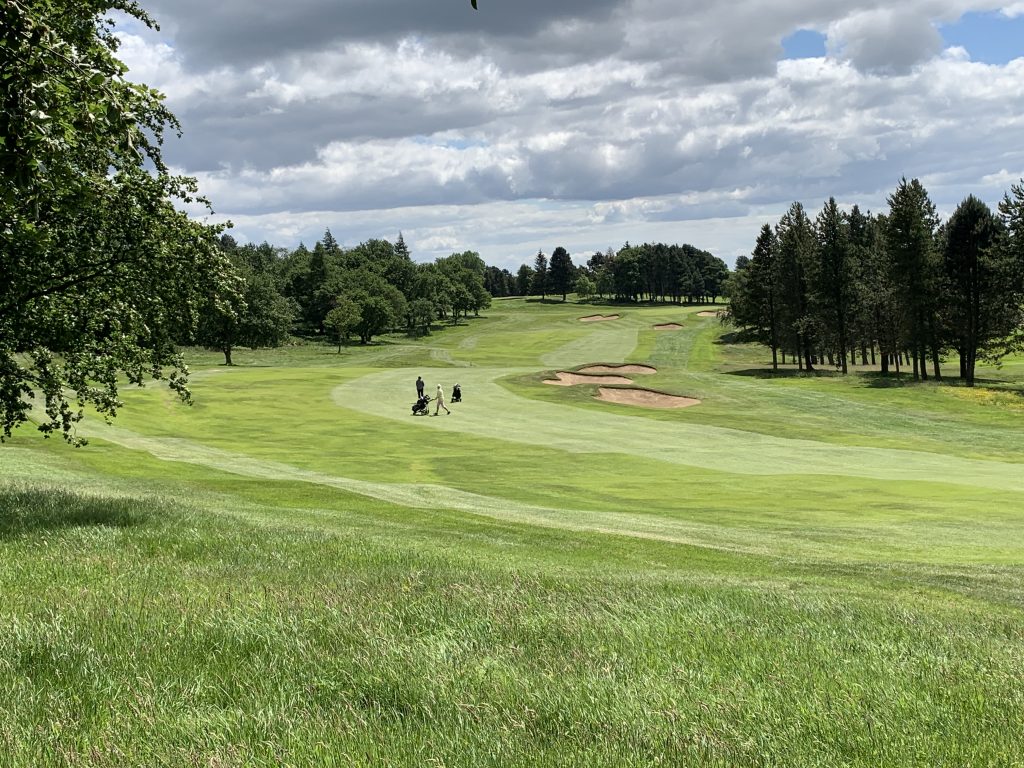
But what clinched the deal was the opportunity to purchase a new Bernhard sharpening system on zero per cent finance over five years – an offer simply too good to refuse.
Darrell believes that golf clubs can’t rely on their reputation alone to keep above the rest. They have to continually invest in the right areas – and to be seen to be investing – in order to satisfy the existing membership and attract new members.
New look, old design
In addition, this year’s purchase of the sharpening system and a new mowing fleet, investment at The Bradford Golf Club has been ongoing for the last decade including the cubhouse refurbishment as well as a course redevelopment program. The aim of the course master plan is to reinstate the original Herbert Fowler look. So far, five holes have been redeveloped with the rest to follow as finances permit.
This is in line with a recent trend among established clubs towards a return to traditional course design and our Herbert Fowler Heritage.
Bunkers feature heavily in this heritage look, which is one of the reasons why more are being added as part of The Bradford Golf Club’s redevelopment program. The aim is to increase the current total of 76 bunkers to 100+, along another major design trend that’s been followed at The Bradford Golf Club is the shift away from tree-lined courses to ones that showcase the natural topography.
The challenge for Darrell and his team of four full-time staff and part time machanic is therefore to add in the new bunkers and so on alongside maintaining and rectifying the reoccurring issues that all courses have.
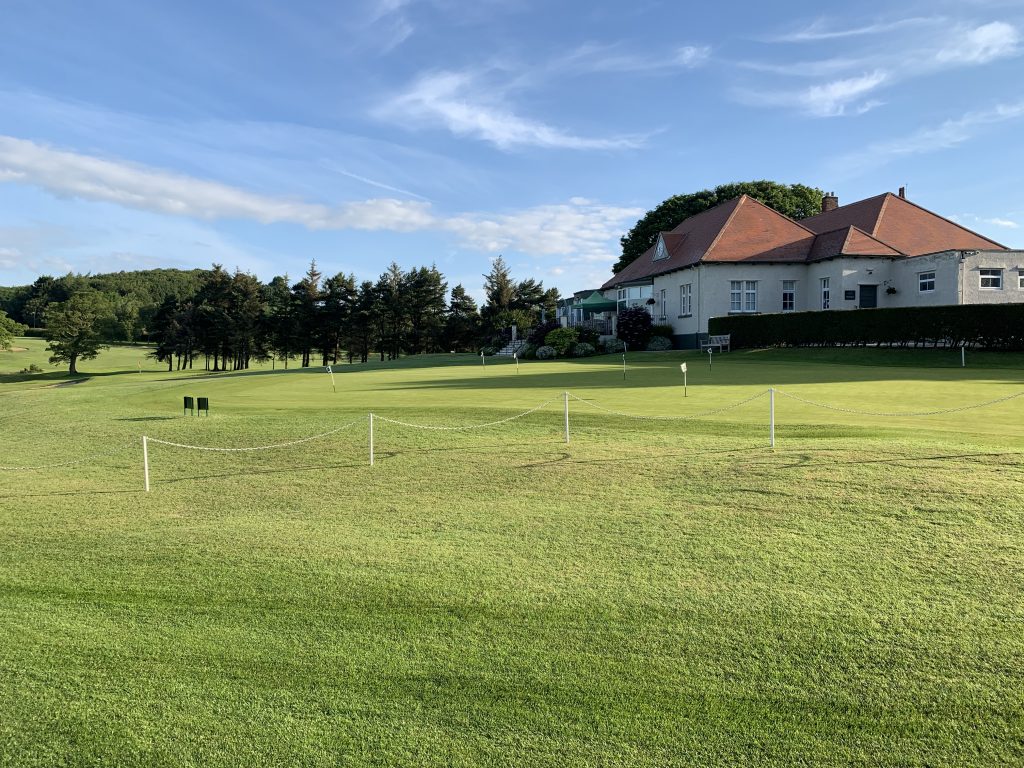
Long, hot summer
However, the main challenge for greenkeepers every year is the weather. This was particularly the case last summer with the prolonged drought. The irrigation system was certainly put to the test which is not normally the case for the north of England.
The extreme heat took its toll on the putting surfaces no doubt, with inconsistent growth between poa and bent made life difficult to produce the level of surface which the golf course pride themselves on. Darrell likes to promote an approach as sustainable as possible, with the introduction of GKB Sandbander to the organic matter reduction program along with heavy overseeding with top rated cultivars they are already seeing the benefits.
Darrell enjoys a good relationship with quite a few of the other forward-thinking course managers in the local area. They often help each other out by lending bits of kit, especially items that are only used once or twice a year.
Boys and toys
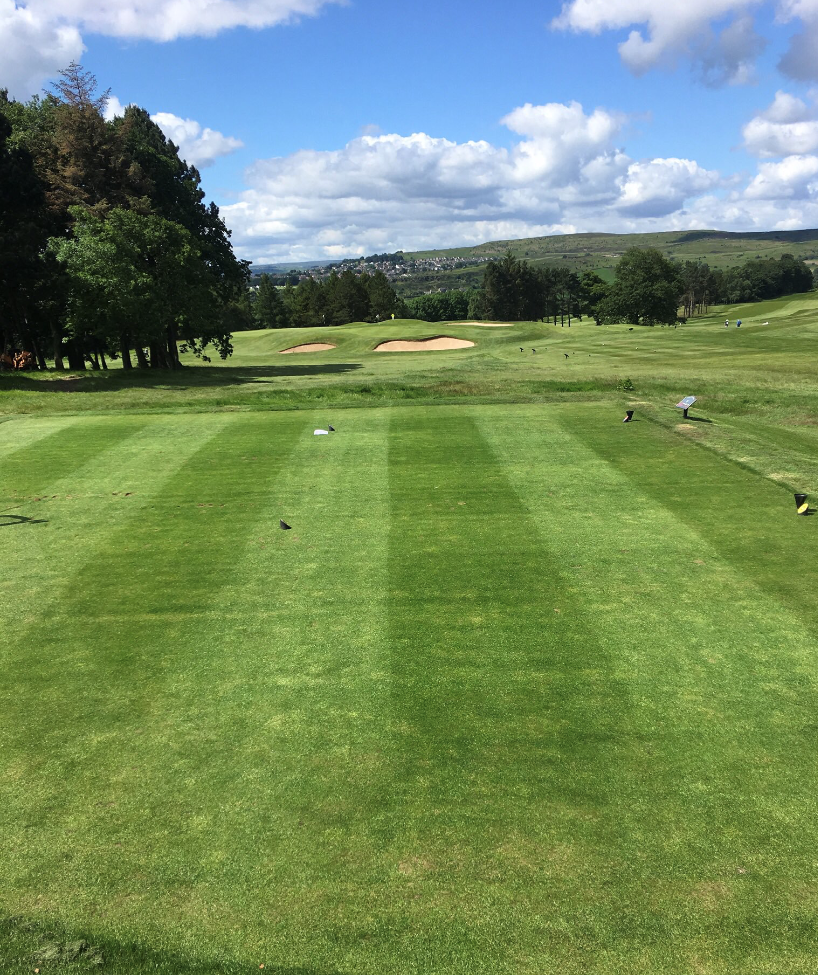
Machinery-wise the club relies on mostly Toro for cutting equipment, with a variety of other tractors and implements. These days there’s not a lot to choose between mowers and tractors; it largely comes down to what you’re used to as well as the site-specific purpose of each piece of equipment, especially on an undulated course like the one at The Bradford Golf Club.
“Having the correct tools for the job helps us produce the course to the standard which is expected.”
The sales process for a set of grinders normally takes two or three years to go through the committee system. Not so with Bradford Golf Club where the decision-making was much smoother and quicker. This was partly because the money was already available, but also because of the board’s forward-thinking attitude. After having recently spent £200K on new mowers that need looking after, it recognised that it would be protecting that investment while improving the course.
Nor is this the first time that the club has invested heavily, as this is its third machinery replacement programme since 2005.
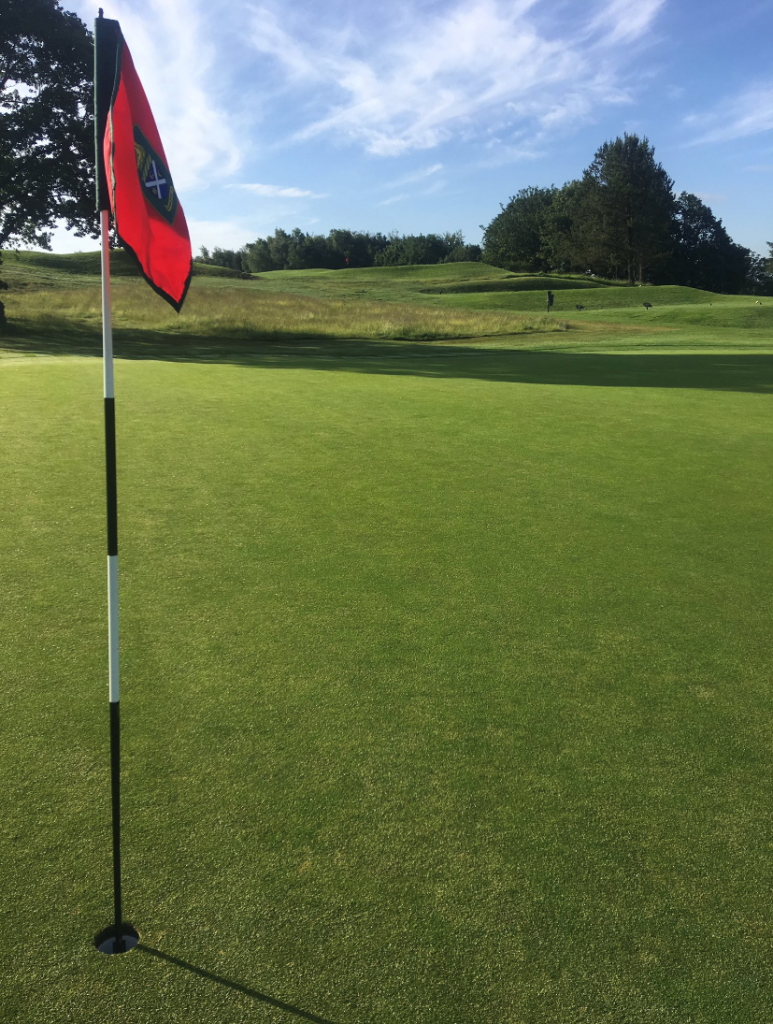
A balancing act
In order to not just survive but thrive, long-established clubs like 130-year-old Bradford Golf Club need to get the balance right between upholding traditions and moving with the times.
For some clubs this might mean opening up membership to ladies, who already have a strong and active section at The Bradford Golf Club. For others it might mean a slight relaxation of the dress code in order to have broader appeal and chip away at the perception that golf is still quite elitist.
All in all, The Bradford Golf Club is a prime example of a club leading the field – looking to the future while embracing the past.

























